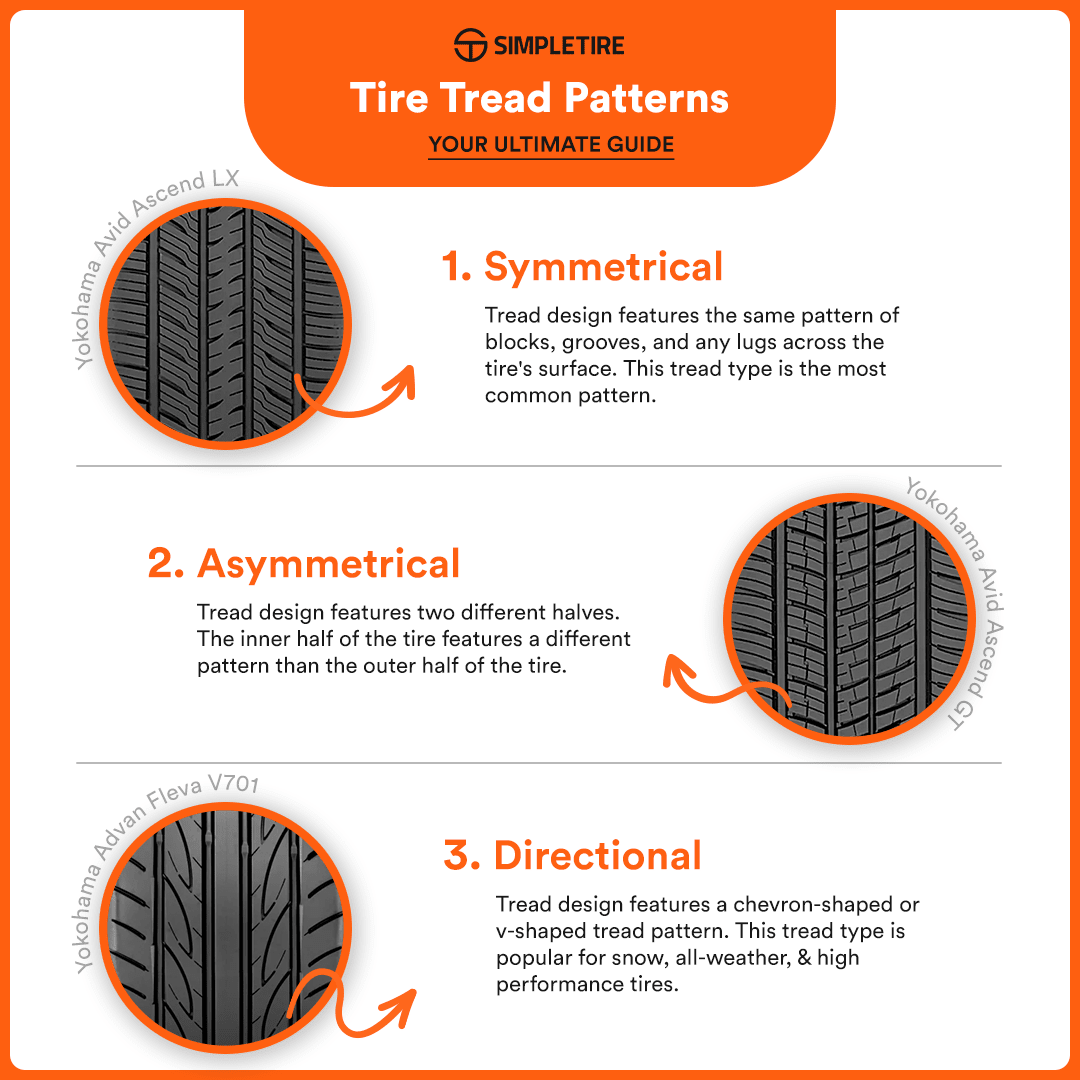When the first flakes of snow begin to fall and the world outside transforms into a winter wonderland, many outdoor enthusiasts face an essential question: “Will my all-terrain tires suffice?” The allure of traversing snowdrifts and icy paths with ease beckons to those who live for adventure. But do all-terrain tires really deliver in snowy conditions? Let’s embark on a comprehensive exploration of this pressing inquiry, delving into the intricacies of tire design, performance mechanics, and real-world experiences.
To unravel the essential capabilities of all-terrain tires in snow, it is important to first comprehend their foundational construction. Engineered for versatility, all-terrain tires feature a distinctive tread pattern that bridges the gap between mud-terrain and highway tires. Their design typically showcases larger lugs and voids, allowing for formidable grip in various off-road conditions. Nevertheless, while these features champion performance in sand, gravel, and even light snow, how do they hold up against deeper, more treacherous winter elements?
Delving into the intricacies of winter driving, one notices that not all snow is created equal. The relentless crunch of powdery flakes presents a different challenge compared to the daunting ice sheets formed from freezing rain. In general, all-terrain tires can be adept in light snow conditions, particularly on packed and well-traveled roads. Their more aggressive tread design affords reasonable traction, which can be quite adequate for occasional off-road enthusiasts who find themselves suddenly confronted by wintry conditions.
However, as winter intensifies, so too does the necessity for enhanced performance. Deep snow, slush, and ice demand a higher level of tire proficiency. This is where the limitations of all-terrain tires can become apparent. While they manage to grip on firmer surfaces, the broader voids can create instability when plowing through deeper snow. The result? It’s a trade-off. One that can spell the difference between a smooth journey and an unceremonious stop in the middle of a snow-laden road.
When you embark on winter excursions where snowdrifts are par for the course, the conversation shifts towards more specialized options. Winter tires, crafted specifically for icy and snowy terrains, feature a flexible rubber compound that remains pliable in frigid conditions. Coupled with a tread pattern designed to excel in slush and navigate through trapped snow, these tires offer an unparalleled advantage over their all-terrain counterparts. Yet, this does not mean that all-terrain tires are devoid of merit in winter settings. In essence, they serve as a versatile option for those who require multifaceted performance.
Another consideration remains: the vehicle itself. Generally, heavier vehicles equipped with all-terrain tires can fare better in snowy conditions compared to lightweight ones. The added weight can help the vehicle sink deeper into the snow, allowing for better traction. Contemporary advancements in all-terrain tire technology have also led to innovations such as siped tread patterns, which integrate small, slotted channels to improve grip on icy surfaces. Nonetheless, every vehicle and tire combination will act differently; thus, it becomes imperative for drivers to assess their individual circumstances.
Real-world experiences paint a vivid picture of the performance of all-terrain tires in snow. Some adventurers relay tales of successful winter camping trips traversed with confidence on their all-terrain tires, while others recount how these tires faltered during unexpected snowstorms. Anecdotal evidence suggests that with cautious driving and respect for one’s surroundings, all-terrain tires can be employed effectively in a plethora of winter conditions—albeit with an understanding of their ultimate limitations.
Furthermore, the geographical context plays a pivotal role in determining whether all-terrain tires meet the mark. Regions that experience sporadic snow may indeed find all-terrain tires to be a favorable option, offering the flexibility to venture both on and off the beaten path. Conversely, areas that endure consistent heavy snowfalls warrant a more serious discussion regarding the potential hazards associated with using all-terrain tires. The forecast should always guide decision-making—the several inches of new snow on the ground can dramatically transform a familiar route.
If the quest to strike the right balance between off-road prowess and winter performance resonates with you, here’s a piece of advice: explore the myriad of all-terrain tires available on the market. Some brands offer models specifically tailored for colder climates while maintaining all-terrain capabilities. It’s worth investigating the specifications, reviewing consumer feedback, and even consulting experts to identify the right fit for your unique driving conditions.
Concluding our deliberation, the debate surrounding the efficacy of all-terrain tires in snow is indeed multifaceted. While they undeniably serve well in light to moderate snow, their performance can diminish significantly in harsh winter conditions where dedicated winter tires reign supreme. Understanding the nuances of tire performance, weight of your vehicle, driving habits, and geographical factors will arm you with the knowledge necessary to make an informed decision. Ultimately, your winter adventures should evoke excitement—not uncertainty. With the right preparation, off-road enthusiasts can conquer snowy terrain, ensuring that nothing stands between them and the exhilarating landscapes that winter has to offer.
